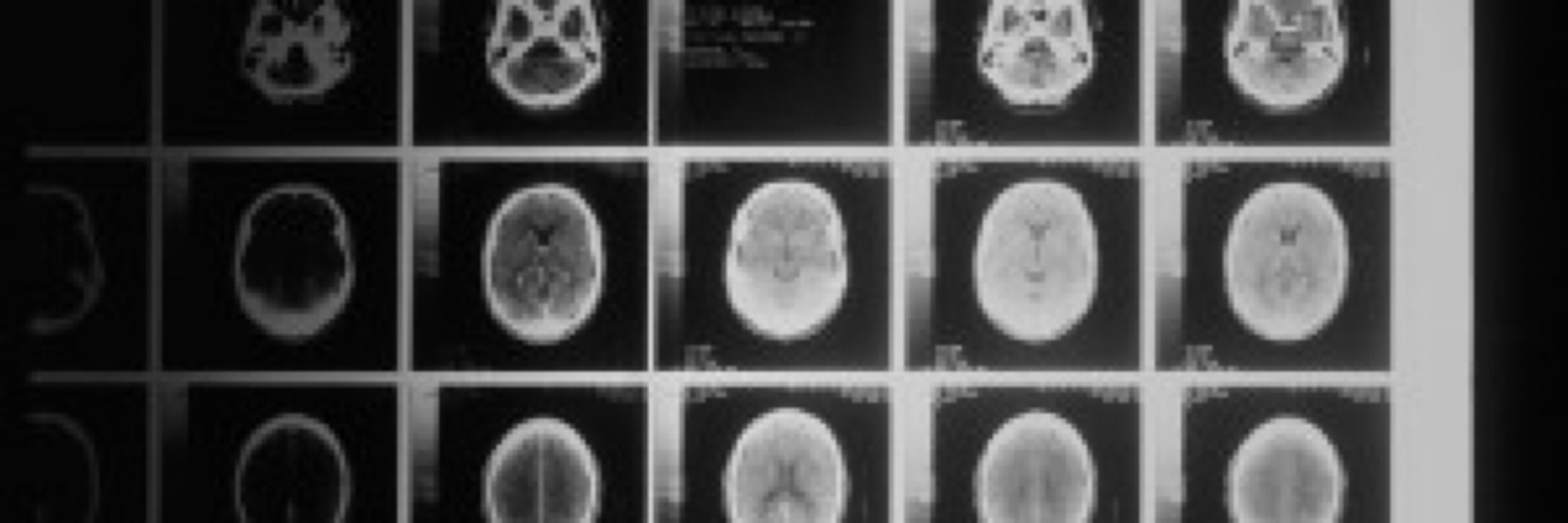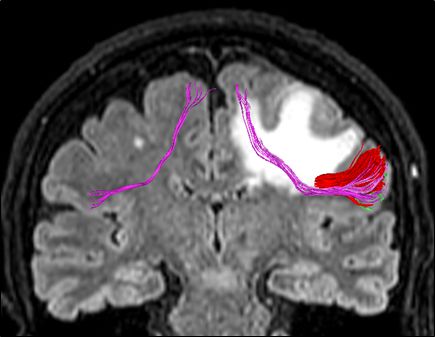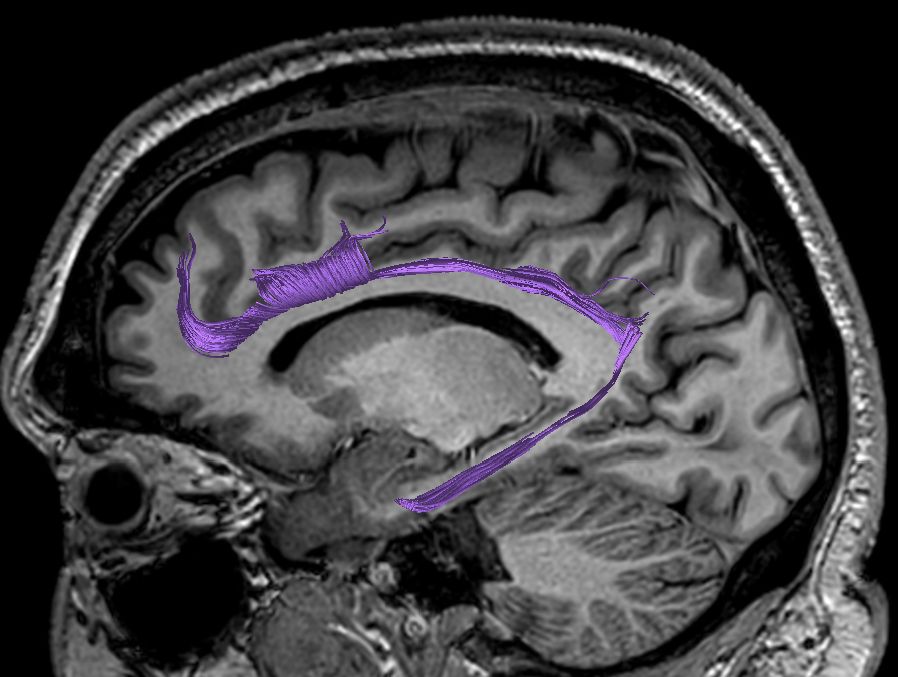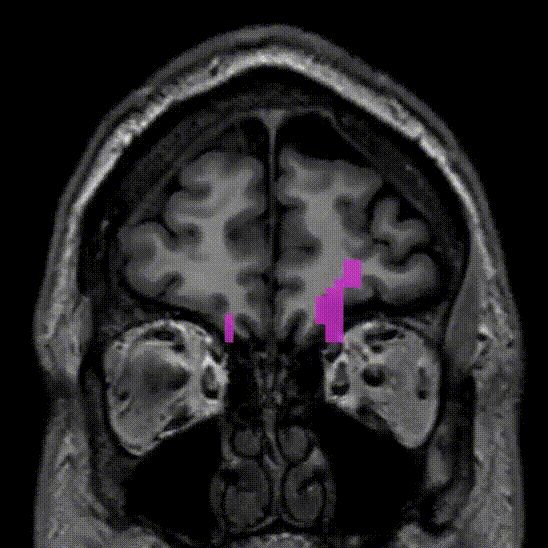Pablo Naval Baudin
@pnavalbaudin.bsky.social
30 followers
57 following
30 posts
— neuroradiologist @ hBellvitge idi — MultipleSclerosis BrainTumors QuantitativeImaging. Tutor de residentes
Posts
Media
Videos
Starter Packs
Pinned






















